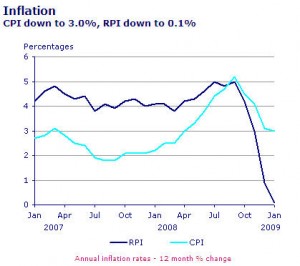It is that time of year when social committees everywhere start the process of organising the annual Christmas party and for those that are super organised the Summer barbeque.
STOP ! Before you book anything make sure your social committee is aware how far the tax mans generosity (exemption) extends otherwise the implications can be rather expensive.
Provided the annual party is for all staff , the exemption means a taxable benfit in kind will not arise if:
- an employer spends up to £150 (including VAT) per head on an annual party,
- including transport and accommodation.
BEAWARE the £150 is not an allowance and if the annual party costs per head exceeds the limit by even a £1, all of it will be taxable.
If the employer has more than one annual party for all staff and the combined costs of these parties exceed £150 per head then the tax man will let the employer choose which function can use up the exemption so that it applies in the most beneficial way.
To calculate the cost per head divide the total cost of each party by the total number of people (including non-employees) who attend in order to arrive at the cost per head.
Regardless of the total cost of an event, the employer can claim it in their accounts and with certain exceptions recover the VAT too.
As long as the sums add up there is no reason why the party season should be taxing!
The information in this article was correct at the date it was first published.
However it is of a generic nature and cannot constitute advice. Specific advice should be sought before any action taken.
If you would like to discuss how this applies to you, we would be delighted to talk to you. Please make contact with the author on the details shown below.










